For Education Leaders
Get proven strategies and expert analysis from the host of the Learning Can't Wait podcast, delivered straight to your inbox.
Virtual Resource Rooms
Compliant IEP Support Without Staffing Headaches
- Certified SPED teachers for every goal
- Seamless schedule integration & progress dashboards
- Real-time data for reviews & compliance
How Schools Can Survive by Sharing
.avif)
As Season 5 of the Learning Can’t Wait podcast comes to an end, a common theme that carried throughout almost all the episodes was the idea of collaboration as a way to thrive. In the ever-evolving landscape of education, schools face many challenges that threaten their ability to provide quality education. Budget cuts, resource limitations, and the need to adapt to rapidly changing technologies are just a few of the obstacles educators must overcome. Whether it’s a community school in rural Texas or a charter school in New York City, leaning on the community around you becomes a critical part of their student’s continued success.
Want to bring the power of collaboration to your district? Schedule your free consultation today to learn how Fullmind helps schools share resources, foster innovation, and build stronger, more resilient learning communities—together.
In education, schools face many challenges that threaten their ability to provide quality education. Budget cuts, resource limitations, and the need to adapt to rapidly changing technologies are just a few of the obstacles educators must overcome. Whether it’s a community school in rural Texas or a charter school in New York City, leaning on the community around you becomes a critical part of their student’s continued success.
The Power of Collaboration for Schools
Collaboration among schools is not a new concept, but its importance has never been more pronounced. The COVID-19 pandemic highlighted the need for innovative solutions and mutual support. Schools that engaged in collaborative efforts were better equipped to transition to remote learning, support students' mental health, and ensure continuity in education.
How Schools Benefit from Sharing Resources
Some ways that schools can benefit from resources sharing include:
- Cost Efficiency: Schools often struggle with limited budgets. By sharing resources such as textbooks, technological equipment, and specialized staff, schools can reduce costs and ensure that all students have access to necessary materials.
- Enhanced Learning Opportunities: Collaboration opens doors to a broader range of educational experiences. Schools can pool their resources to offer diverse programs, extracurricular activities, and advanced courses that may be impossible to provide independently.
- Professional Development: Teachers benefit from sharing best practices, lesson plans, and teaching strategies. Professional development opportunities are enhanced through joint workshops, seminars, and peer observations, leading to improved teaching quality and student outcomes.
- Innovation and Problem-Solving: Collaboration fosters a culture of innovation. Schools can work together to tackle common challenges, from integrating technology in the classroom to developing inclusive education practices. Sharing ideas and experiences leads to more effective and creative solutions.
Practical Strategies for School Collaboration
Top practical strategies schools can implement to promote collaboration include:
- Creating Networks: Establishing formal networks and partnerships between schools is crucial. A great example of this is the Rural Schools Innovation Zone in Texas. These networks can be local, regional, or even national. Regular meetings, both virtual and in-person, help maintain communication and facilitate the exchange of ideas and resources.
- Shared Platforms and Tools: Utilizing shared digital platforms and tools can streamline the process of collaboration. Online repositories for lesson plans, resource libraries, and communication tools like forums and video conferencing platforms enable seamless sharing and interaction.
- Partnerships within the community: One of the best ways schools can support their students is to partner with community members who share the same goals. A common example of this is after school programs to provide students a space to go after school.
- Joint Projects and Programs: Schools can collaborate on specific projects or programs. For example, they can co-host science fairs, sports events, or arts festivals. Joint initiatives not only enrich the student experience but also strengthen the sense of community among schools.
- Resource Sharing Agreements: Formal agreements between schools regarding the sharing of physical and human resources can ensure equitable access. This might include shared access to specialized staff such as counselors or speech therapists, or joint use of facilities like laboratories and sports fields.
- Peer Learning and Mentoring: Establishing peer learning and mentoring programs where teachers and administrators from different schools can learn from each other can be highly beneficial. Experienced educators can mentor those who are newer to the profession, and schools with successful programs can guide others in implementing similar initiatives.
Collaborating Educator Success Stories
Several schools and districts have already demonstrated the power of collaboration. The Rural Schools Innovation Zone is just one example. The Rural Schools Collaborative in the United States has successfully created a network of rural schools that share resources and ideas to overcome geographic and financial challenges. In episode 17, Emmanuel George dives into the partnerships his school district has developed throughout the years to bring his schools and community together, showing remarkable improvements in student performance.
Overcoming Education Challenges
While the benefits of collaboration are clear, there are also challenges to consider. Differences in school cultures, varying levels of resources, and logistical issues can pose obstacles. However, these can be addressed through clear communication, mutual respect, and a commitment to shared goals. Building trust and establishing common ground are essential for successful collaboration.
Conclusion
In a world where educational challenges are constantly evolving, schools cannot afford to operate in isolation. Sharing resources and ideas is not just a strategy for survival; it is a pathway to thriving. By embracing collaboration, schools can create richer, more inclusive, and more effective educational environments. The future of education depends on our ability to work together, innovate, and support one another in the pursuit of excellence.
For Education Leaders
Get proven strategies and expert analysis from the host of the Learning Can't Wait podcast, delivered straight to your inbox.
Let’s Work Together
We’ll review your application and get in touch!




.webp)

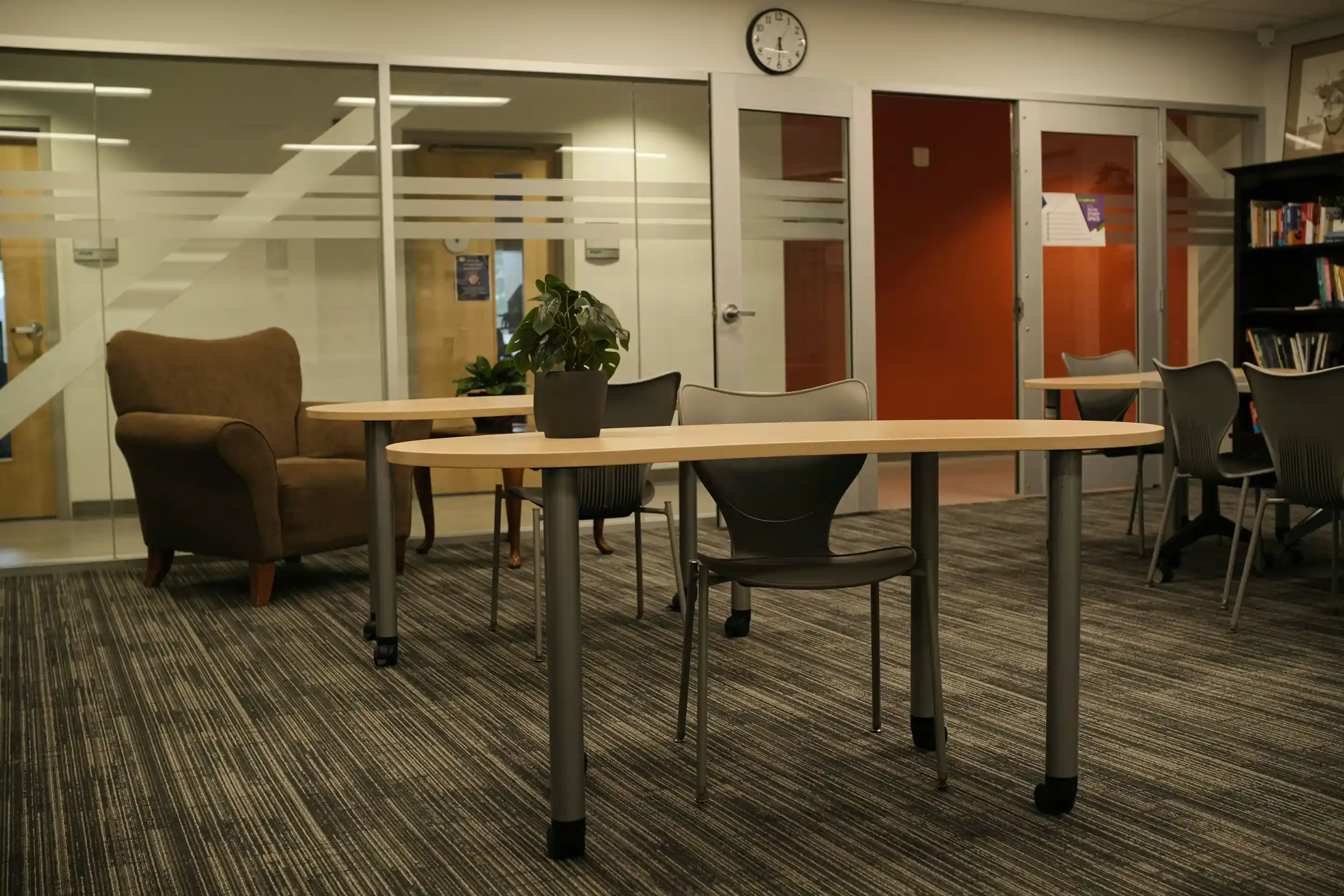
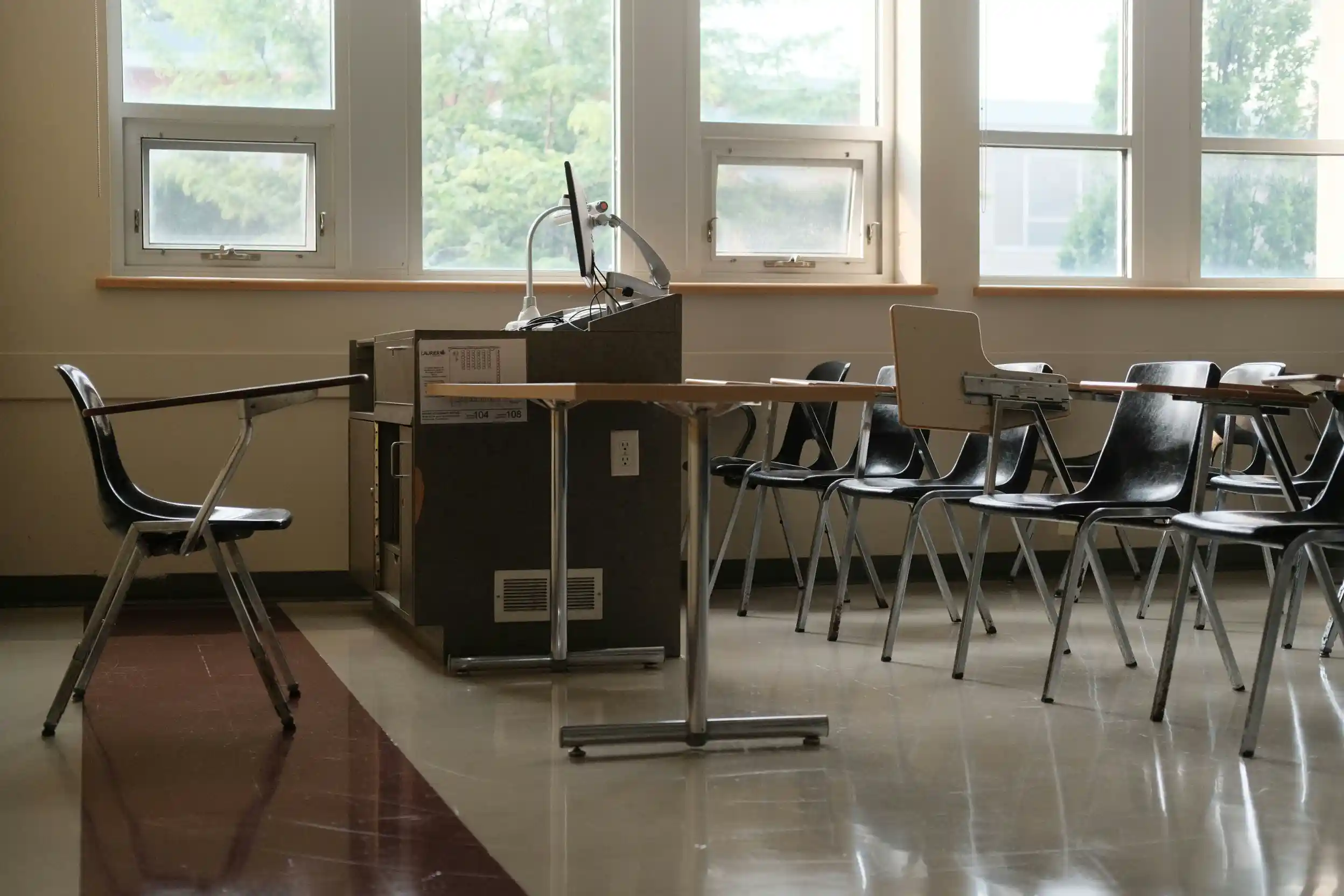

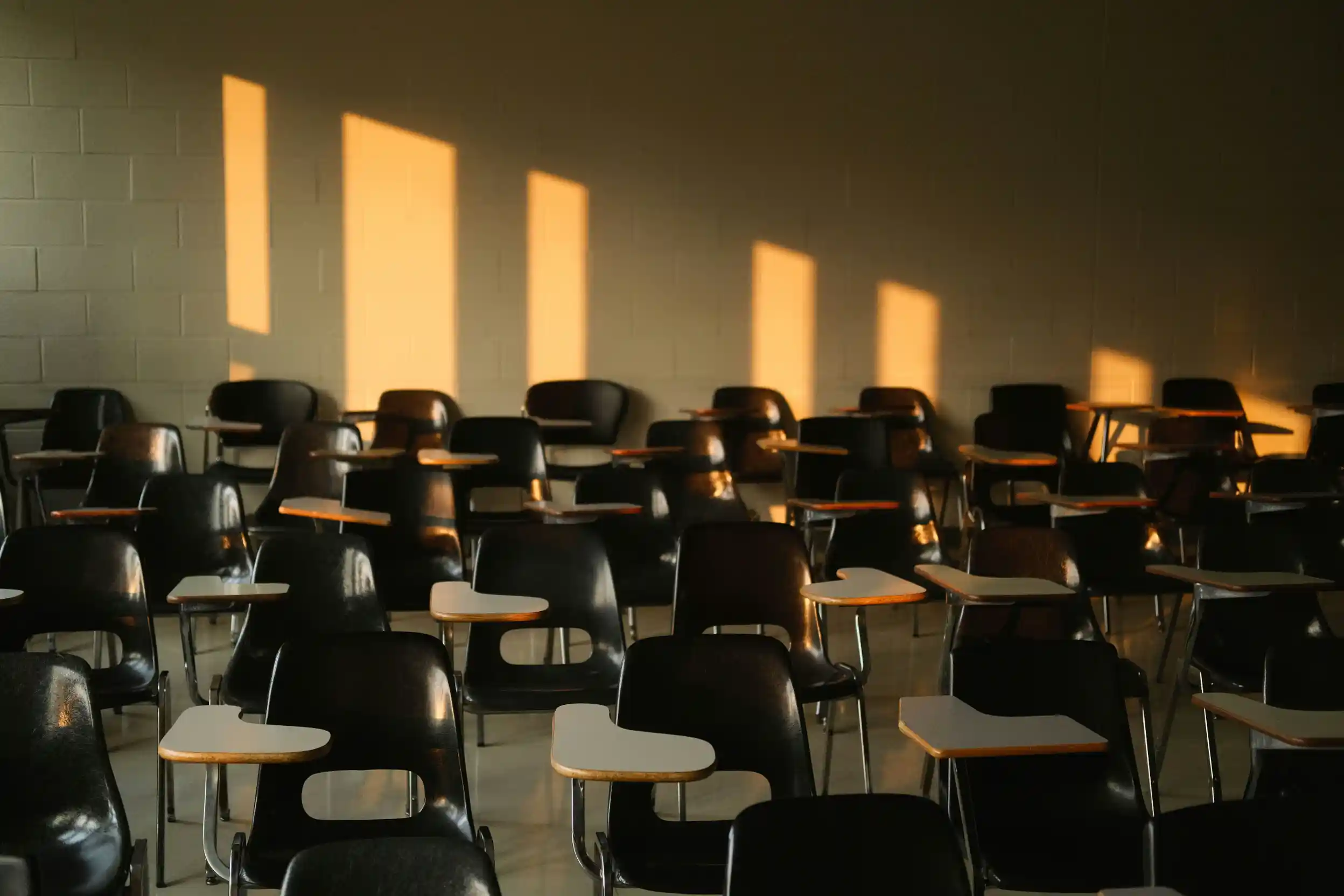

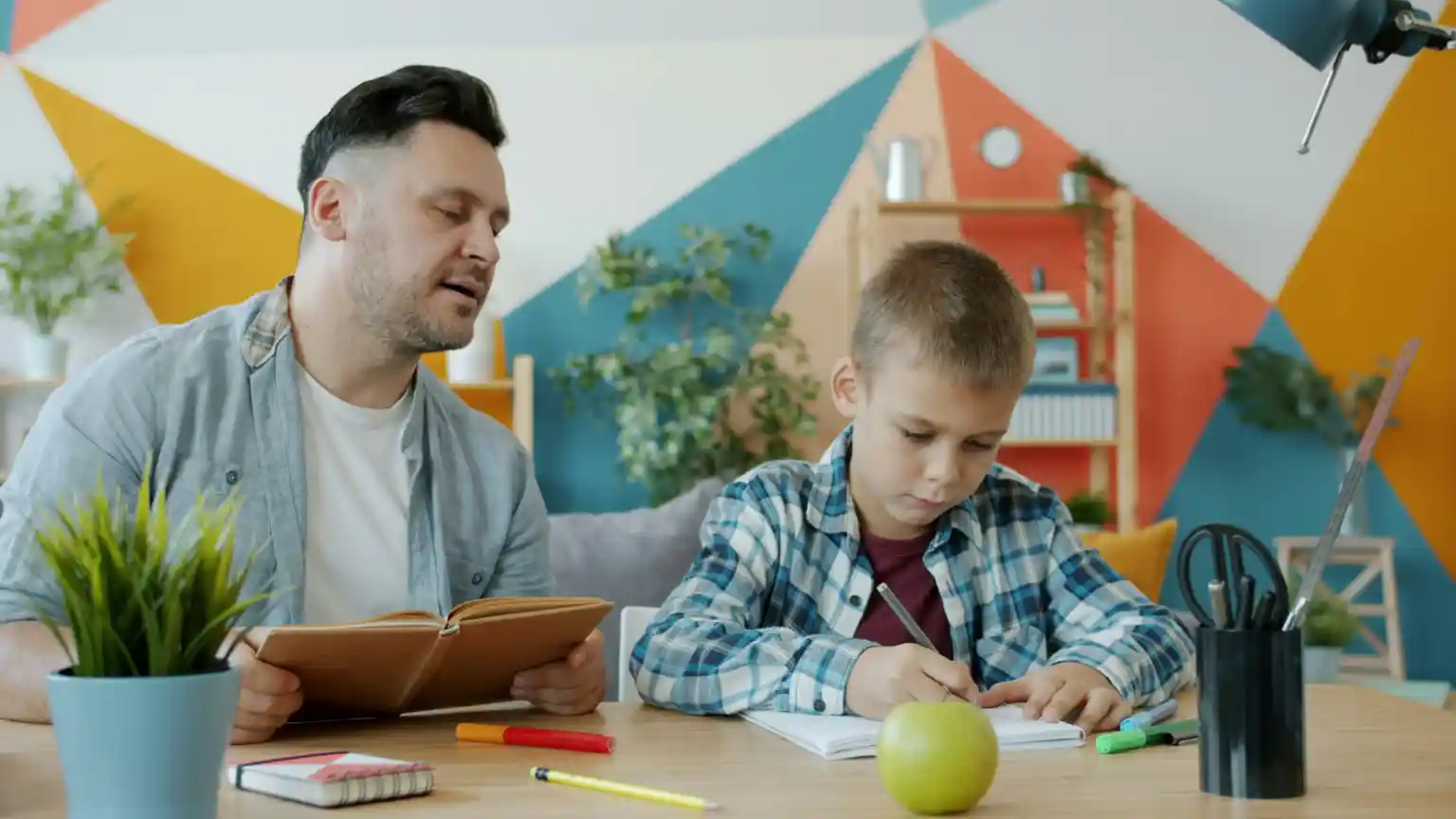




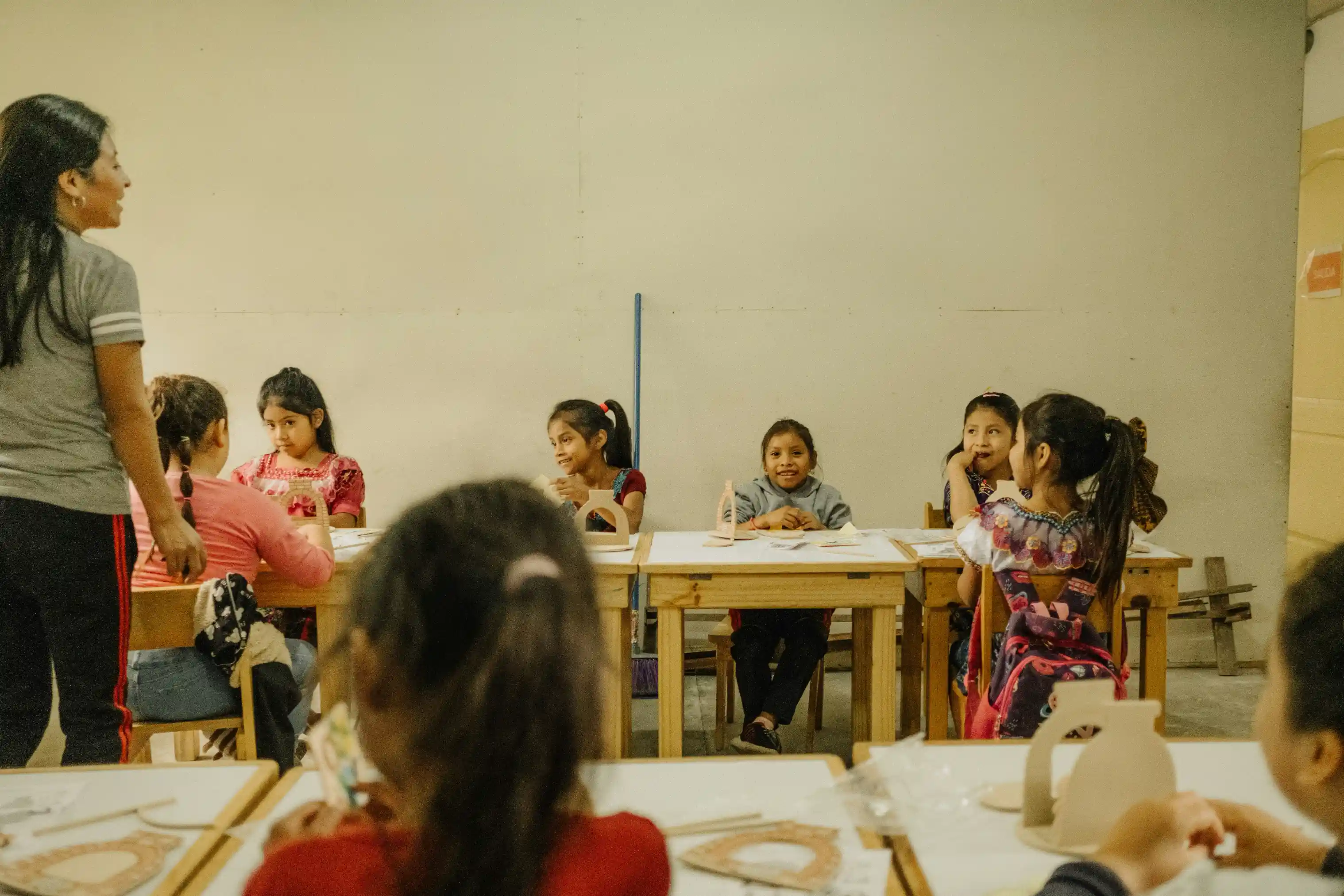

.webp)

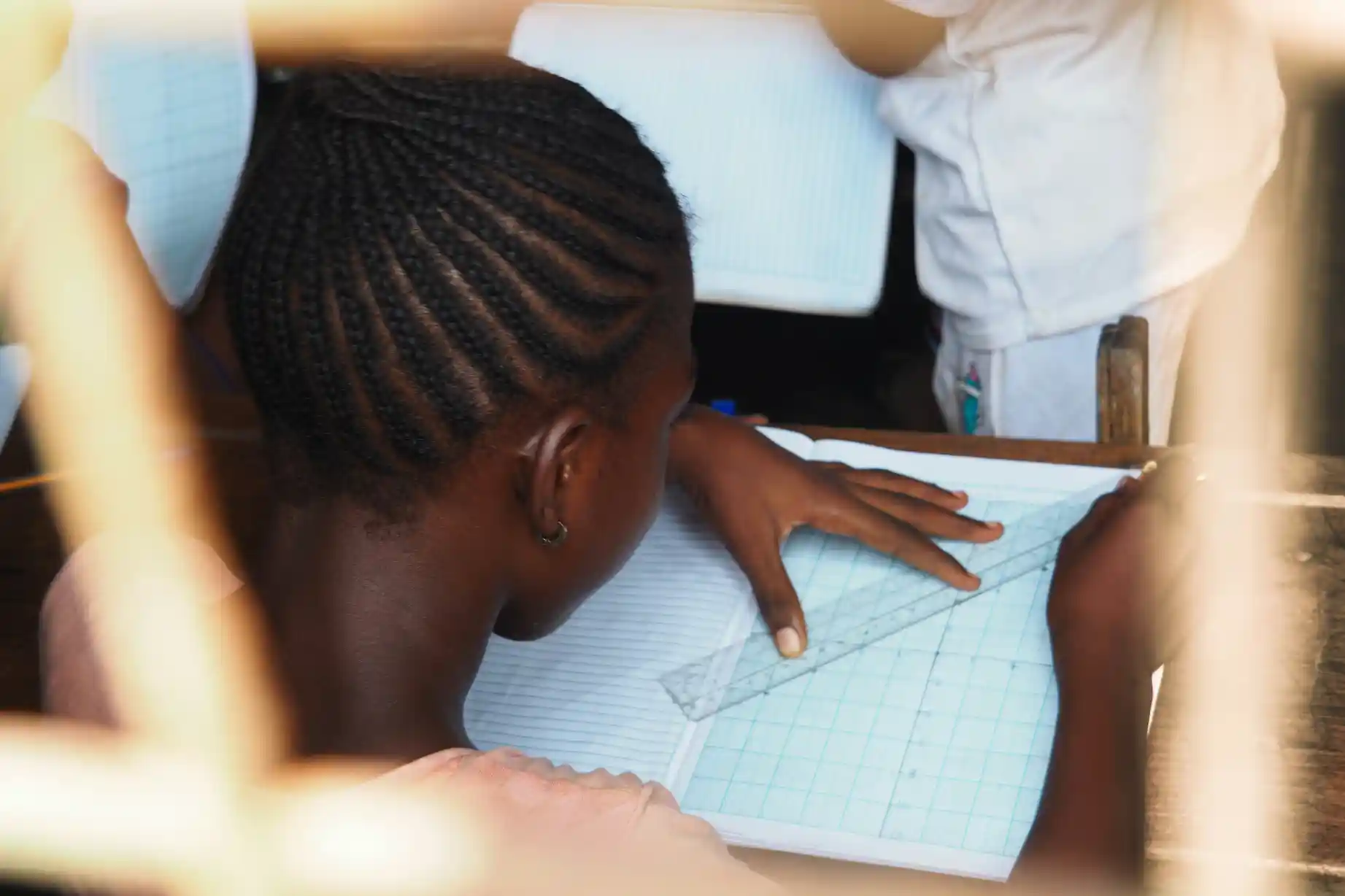



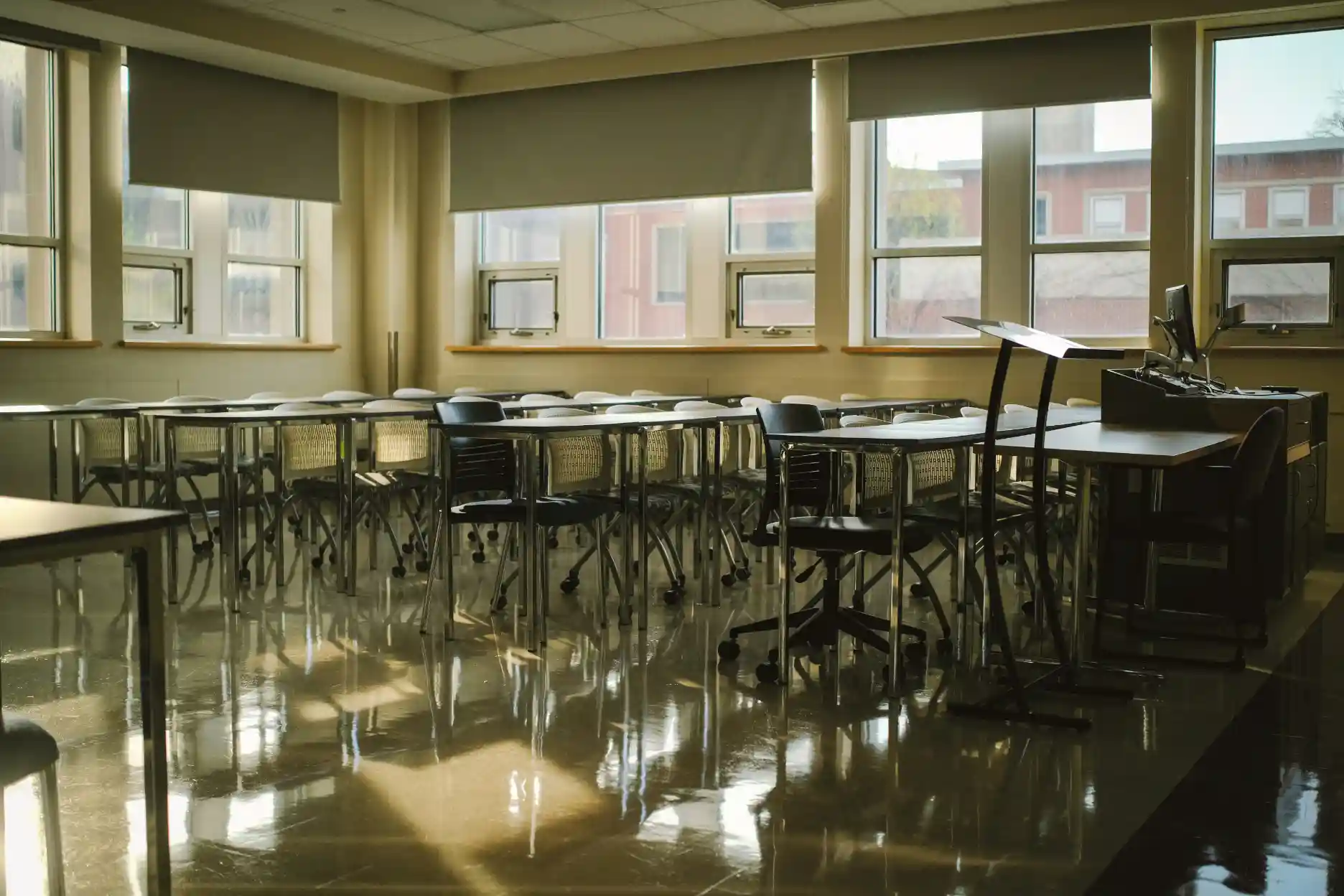









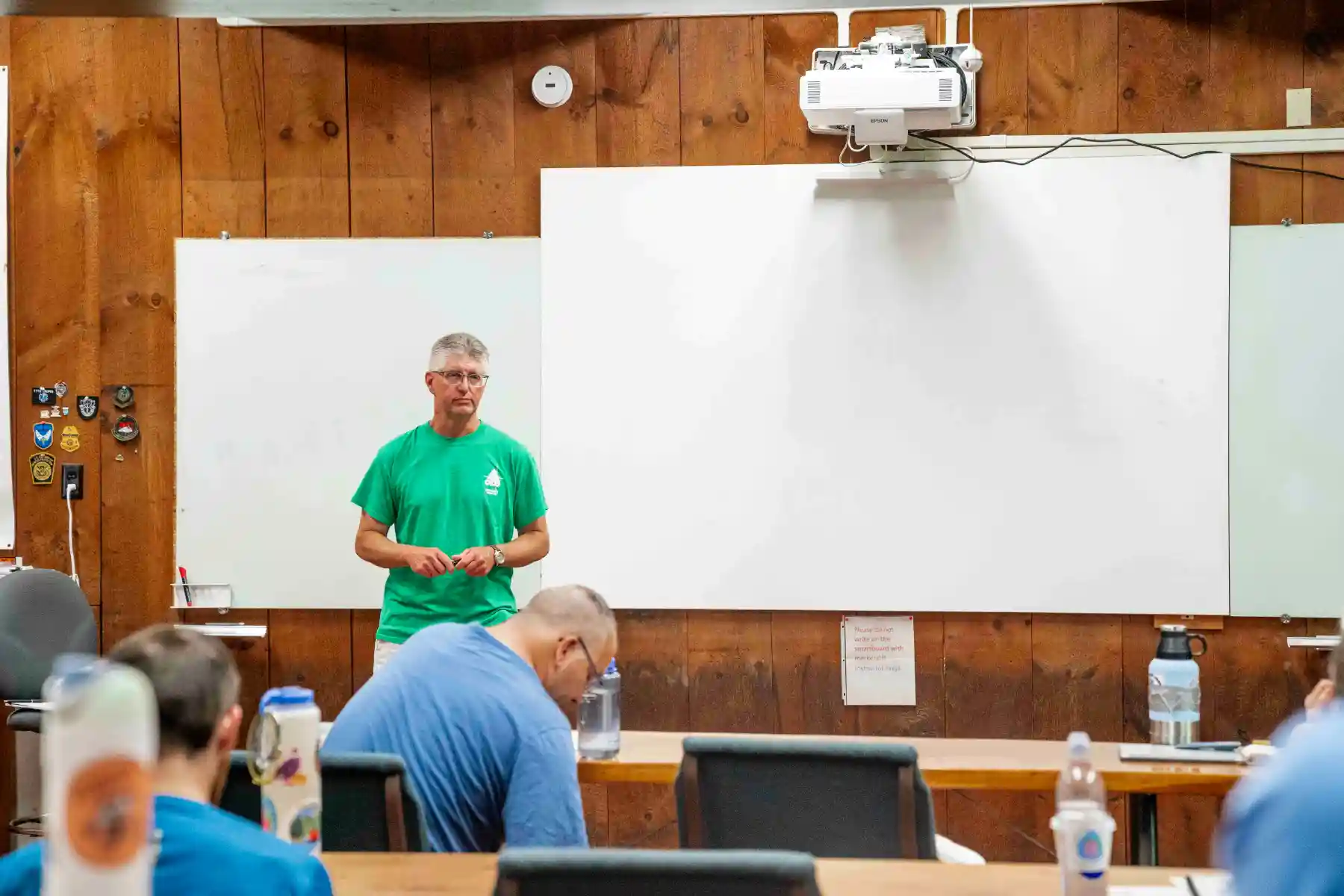










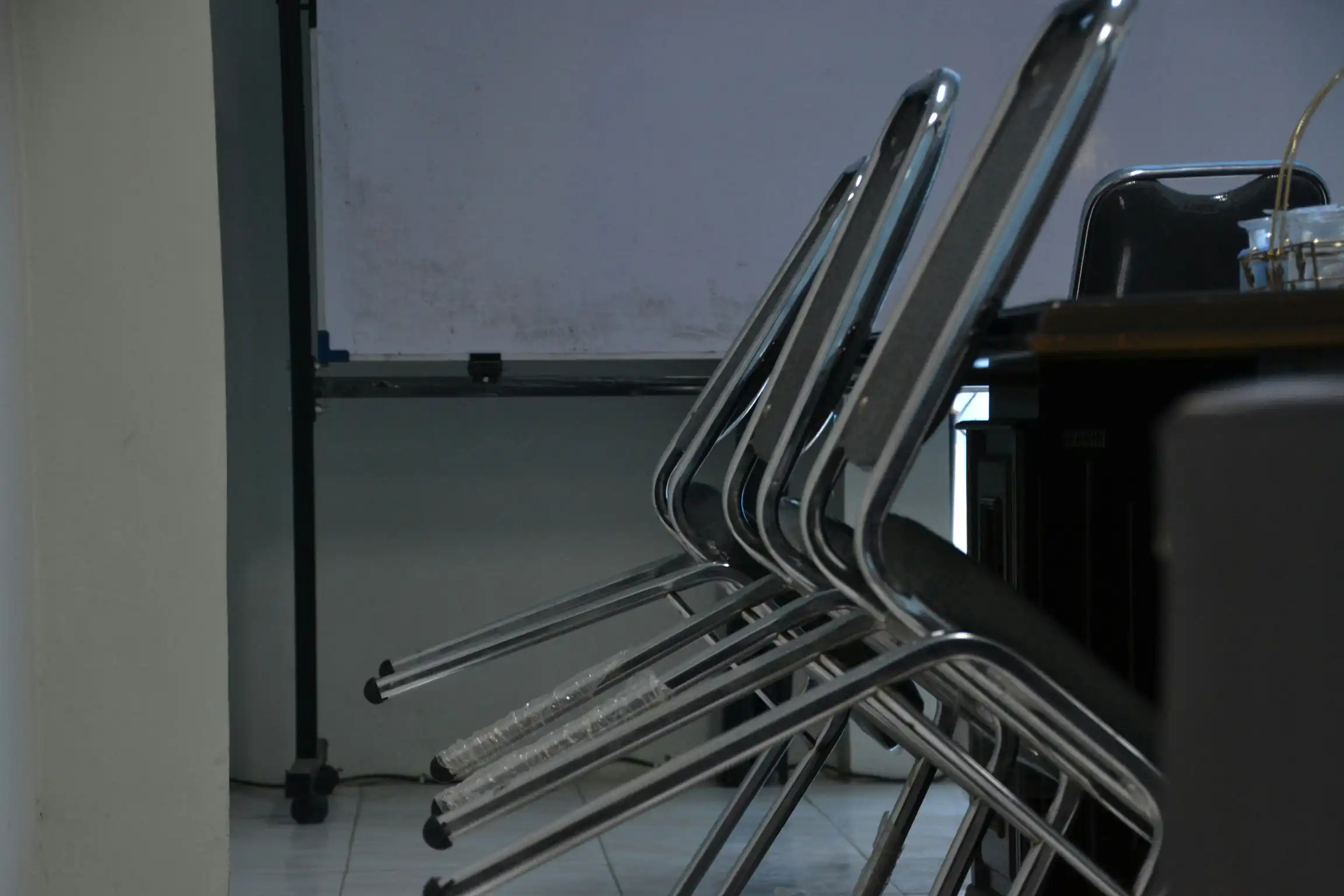
.webp)



%20.webp)



































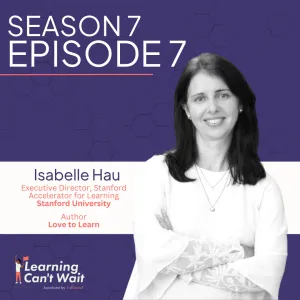

.webp)
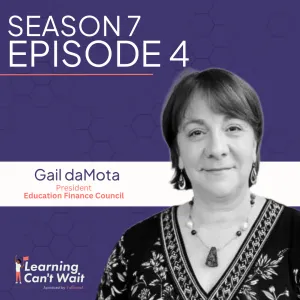



.webp)


.webp)


.webp)